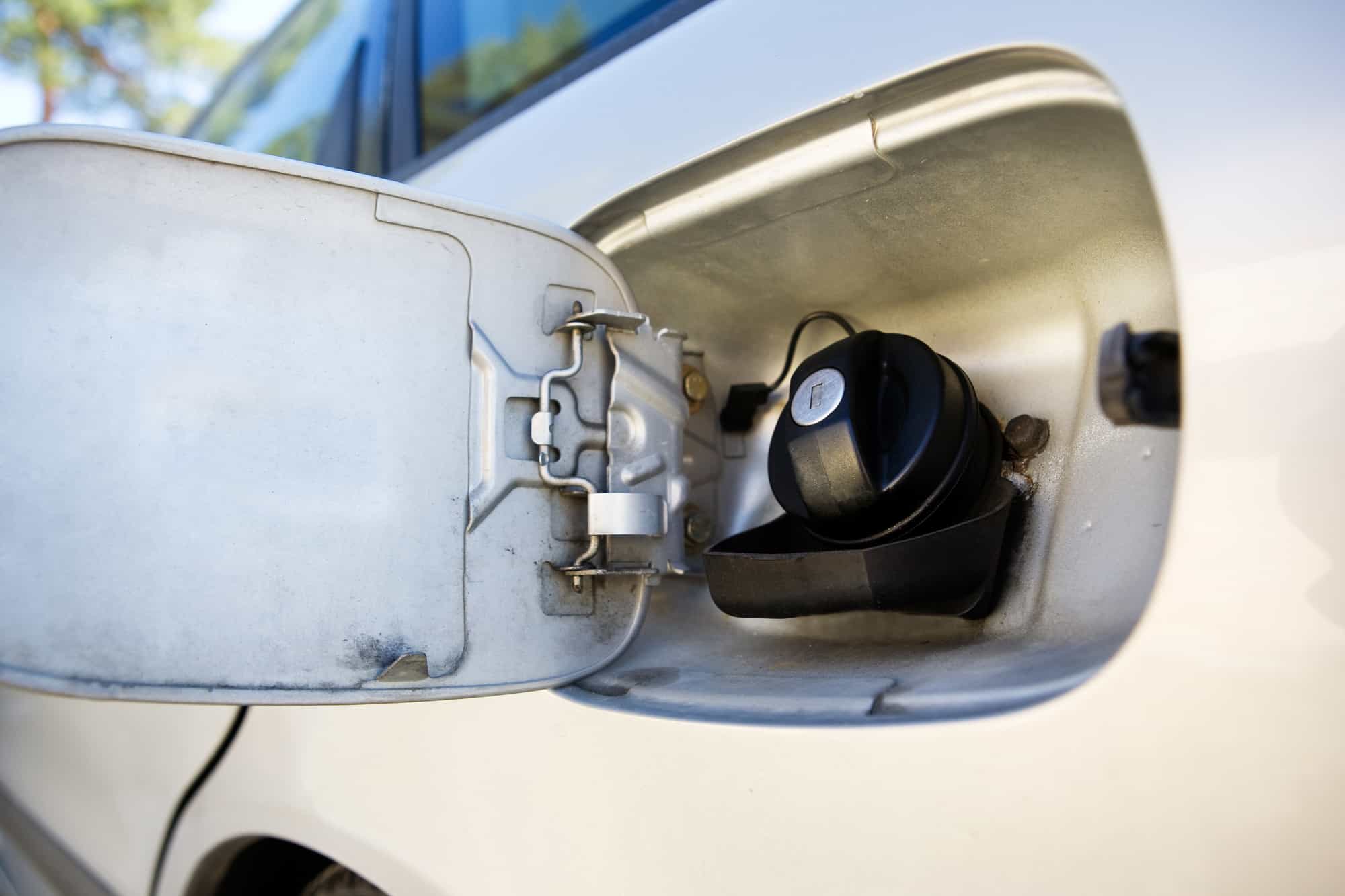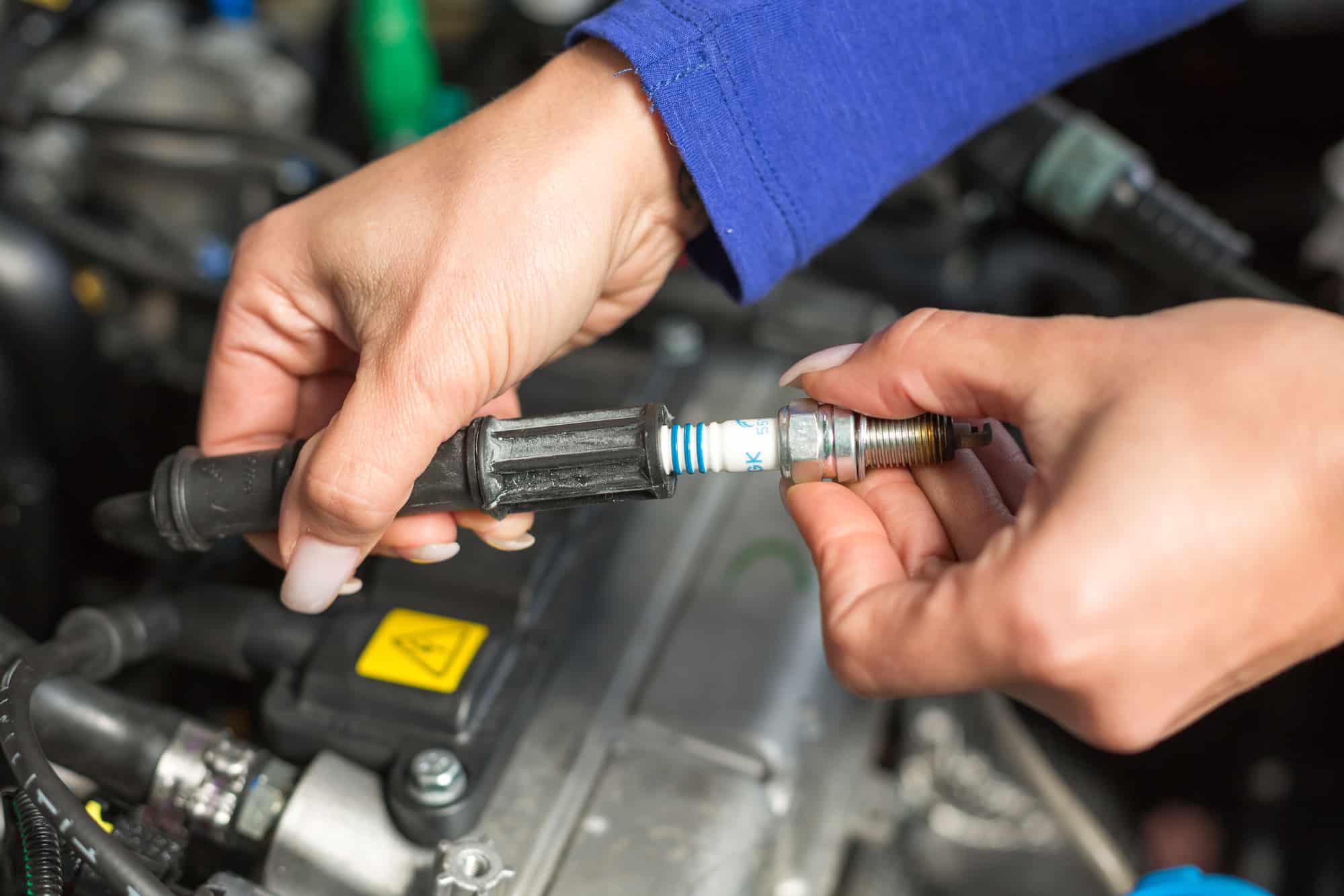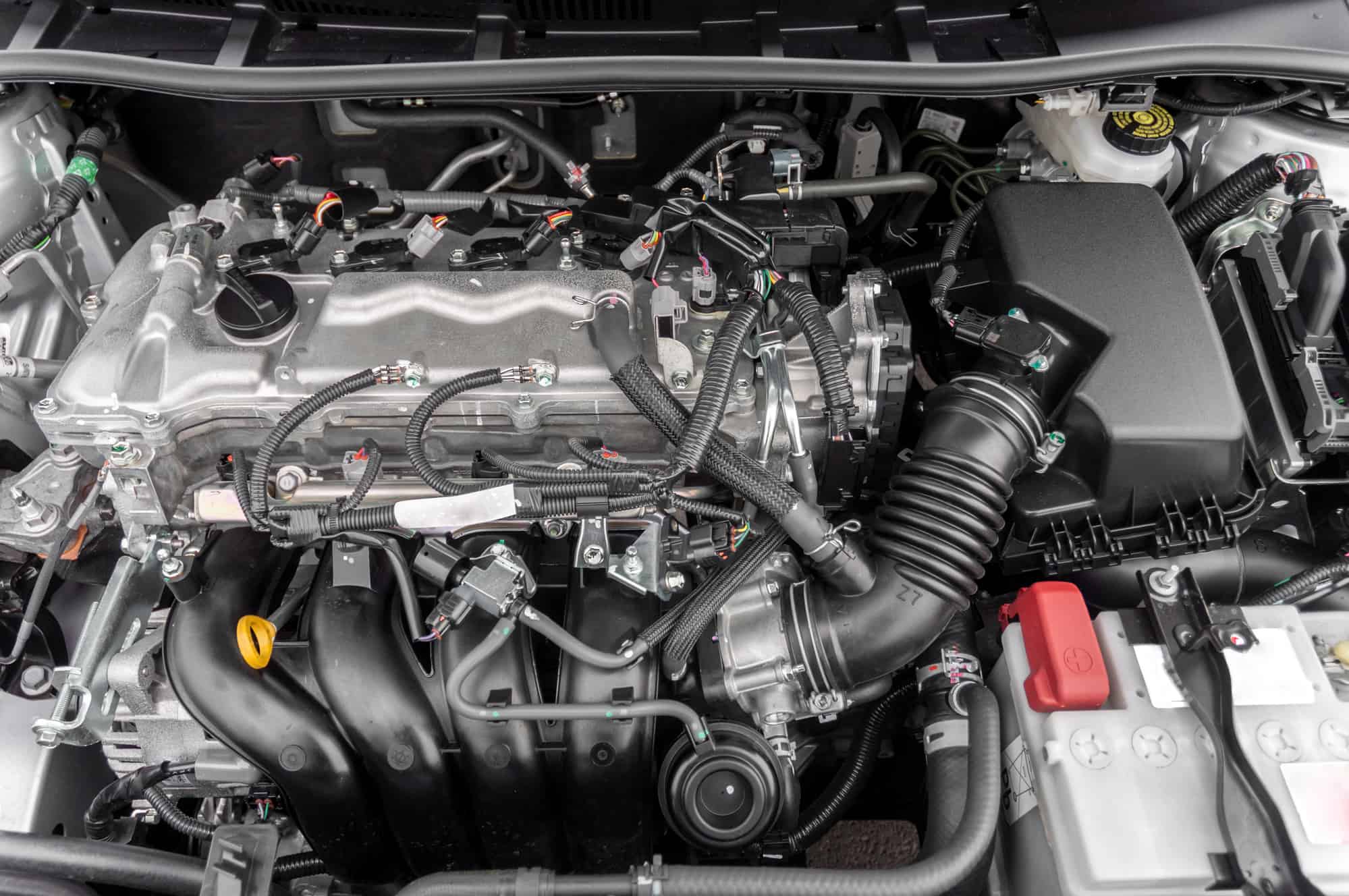When faced with the C0300 code in your vehicle, understanding the intricacies of rear wheel speed sensor errors becomes essential for maintaining ideal safety and performance. Ignoring potential issues could compromise important safety features like ABS, traction control, and stability control. The ability to swiftly diagnose and address these sensor errors is key to ensuring a smooth and secure driving experience. As we explore the nuances of diagnosing rear wheel speed sensor errors, discovering effective strategies for troubleshooting and rectifying these issues will be crucial in safeguarding your vehicle’s operational integrity.
Key Points
- C0300 code indicates rear wheel speed sensor errors
- Use diagnostic tools like Verus Pro for accurate troubleshooting
- Check for damage, debris, or corrosion on the sensor
- Inspect wiring and connections for wear or disconnection
- Replace faulty sensors near wheel hubs for proper ABS function
Importance of Rear Wheel Speed Sensors
Understanding the critical role rear wheel speed sensors play in your vehicle’s ABS system is essential for maintaining safety and control on the road. These sensors are integral components that provide essential data on individual wheel speeds, allowing the ABS system to prevent wheel lock-up during braking. By doing so, they enhance stability and traction, especially on slippery surfaces, ensuring you have better control over your vehicle.
Proper maintenance and inspection of rear wheel speed sensors are significant to prevent potential ABS system failures. Malfunctioning sensors can lead to erratic ABS behavior, compromising your vehicle’s ability to maintain stability and control. By diagnosing and resolving any errors promptly, you can ensure that your ABS system functions effectively, enhancing overall safety while driving. Regular checks on these sensors won’t only optimize vehicle safety but also contribute to a smoother and more secure driving experience.
Common Symptoms of Sensor Errors
Sensor errors can manifest through noticeable symptoms that signal potential issues with your vehicle’s ABS system. When dealing with rear wheel speed sensor errors, you may experience an ABS malfunction, traction control problems, or stability control issues. These symptoms can be indicative of a C0300 code related to the rear wheel speed sensor errors.
The ABS system relies on the accurate input from these sensors to function properly, so any malfunction can compromise your vehicle’s safety mechanisms. Diagnosing these issues promptly is essential to guarantee the overall stability and handling of your vehicle.
If you notice warning lights related to the ABS system or if you feel unusual vibrations or hear strange noises when braking, it’s vital to address these symptoms promptly. Ignoring these signs can lead to safety concerns and affect your driving experience. Stay vigilant and proactive in diagnosing and resolving rear wheel speed sensor errors to maintain a safe driving environment.
Steps for Sensor Inspection
Inspect the rear wheel speed sensor carefully for any damage, debris, or corrosion that could impact its functionality. Look closely at the sensor itself to make sure there are no physical issues that could interfere with its operation.
Check the wiring and connections leading to the sensor for any signs of wear or disconnection. It’s important to maintain a clean and secure connection to guarantee accurate readings.
Utilize a diagnostic tool to test the sensor’s output signal. This tool will help you assess the sensor’s performance and detect any irregularities in its readings. Refer to the vehicle’s service manual for specific testing procedures and specifications. The manual will provide you with the necessary steps to follow during the inspection process.
Can Rear Wheel Speed Sensor Errors Cause Four-Wheel Drive System Faults?
Rear wheel speed sensor errors disrupt crucial data transmission, leading to incorrect readings that can trigger the car’s safety systems. This often results in fourwheel drive system faults, as the vehicle’s computer cannot accurately engage or manage the 4WD functionality, compromising traction and stability.
Diagnostic Tools for Troubleshooting
To effectively troubleshoot rear wheel speed sensor errors, utilizing diagnostic tools like Verus Pro can provide invaluable assistance in pinpointing the root cause of the issue. Verus Pro offers advanced features tailored for diagnosing ABS issues and wheel speed sensor problems accurately. These professional diagnostic tools not only provide specific error codes but also offer essential data needed for precise troubleshooting.
When faced with a C0300 code, investing in a quality diagnostic tool becomes vital for efficiently addressing the rear wheel speed sensor malfunction. The Verus Pro, known for its reliability and accuracy, can streamline the diagnostic process, making it easier to identify and resolve ABS issues.
Repair and Replacement Procedures
When addressing rear wheel speed sensor errors, the initial step involves examining the vehicle’s ABS system for potential issues. If the diagnosis confirms a faulty rear wheel speed sensor triggering code C0300, replacement may be necessary.
To replace the sensor, locate its position near the wheel hub, disconnect the wiring harness, and remove the mounting bolts securing the sensor in place. Once the old sensor is out, install the new sensor, ensuring it sits correctly and secure it with the mounting bolts. Reconnect the wiring harness, making sure it’s properly connected.
After replacement, it’s important to calibrate the new rear wheel speed sensor to guarantee accurate ABS operation. Ignoring the need for sensor replacement can compromise the functionality of the ABS system, impacting the vehicle’s safety. Therefore, prompt diagnosis and replacement of a faulty rear wheel speed sensor are essential for maintaining optimal performance and safety on the road.
As an Amazon Associate we earn from qualifying purchases.










